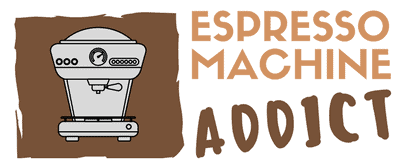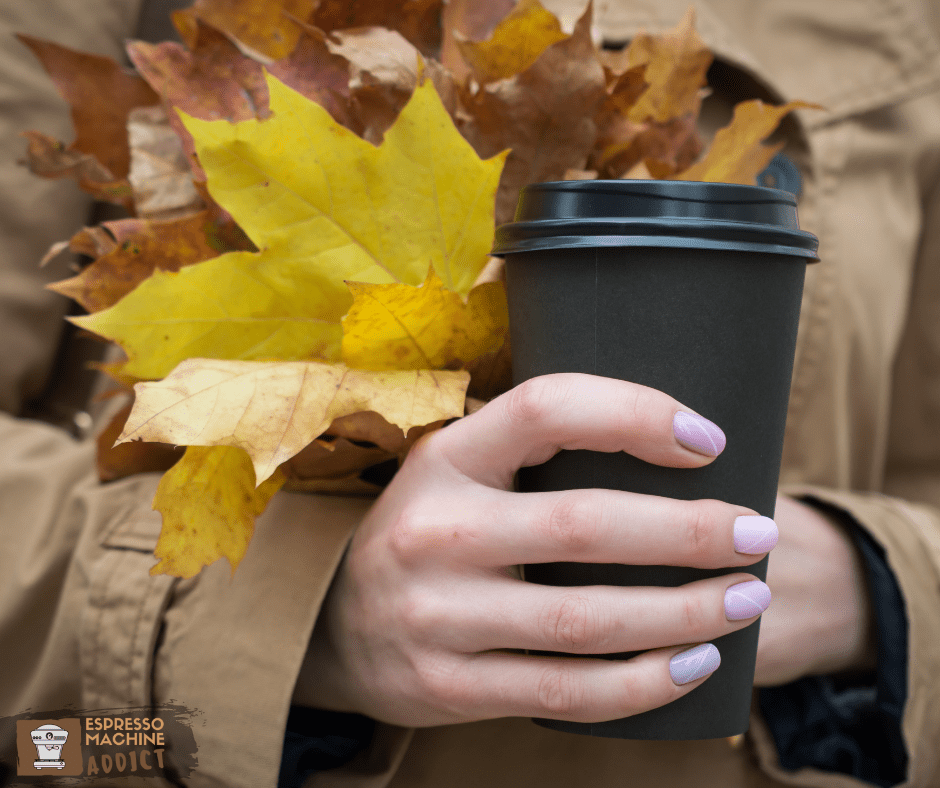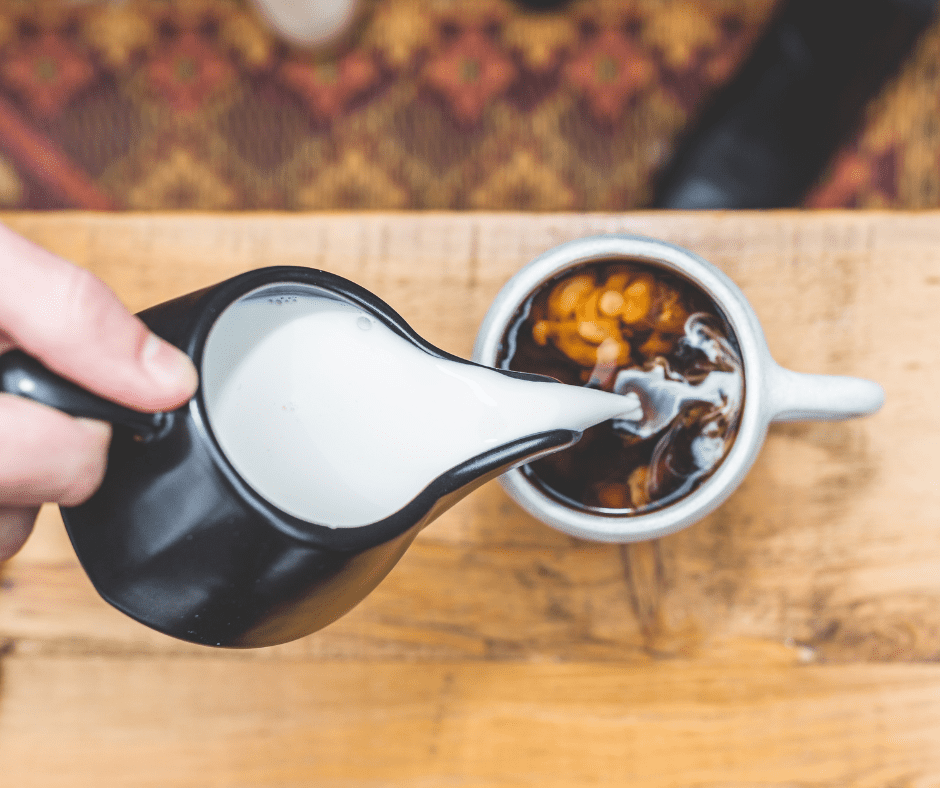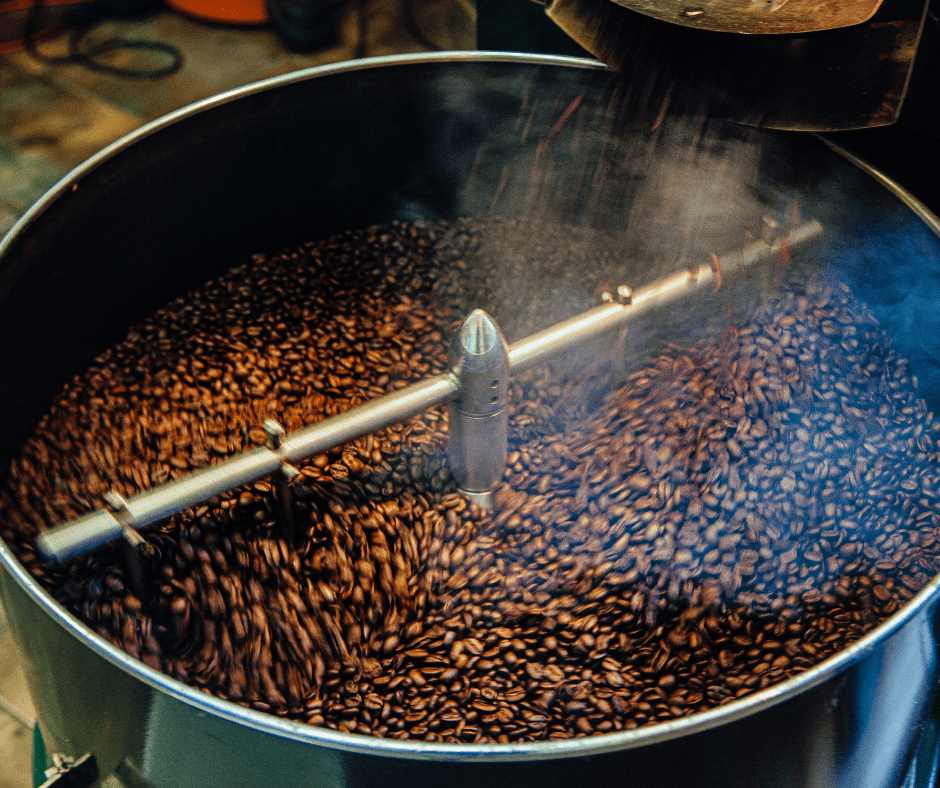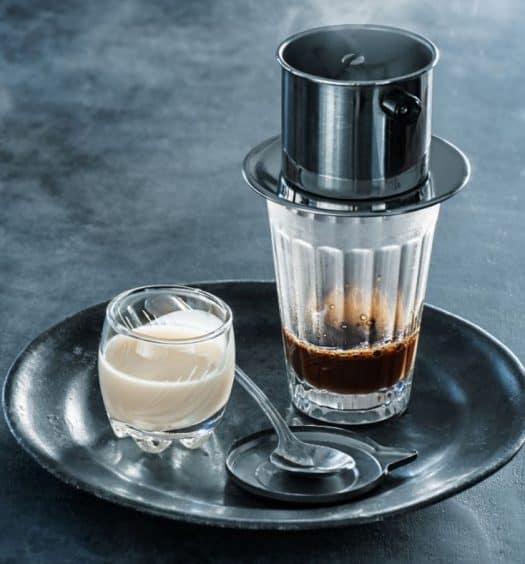Coffee is a significant part of Canadian culture and has been for hundreds of years. It isn’t known precisely when it arrived, and many debate the topic. Some think that Captain John Smith first brought coffee to the country, while others believe it was introduced in Canada much earlier.
Regardless of when coffee appeared, it quickly secured a foothold in Canada. Early cafés resemble what was found in Europe. At coffee houses, you could get coffee along with various other drinks and, at times, lodging. Cafés quickly became places for business dealings, though there was also a social element, as enjoying coffee with friends was popular.
Over time, coffee culture in Canada continued evolving, turning into a robust industry as it became a part of everyday life. If you’d like to learn more, here’s a closer look at coffee culture in Canada.

Coffee Culture in Canada
When many people think of Canadian pastimes, the first thing that comes to mind is usually hockey. While it’s true that many Canadians hold hockey dear in their hearts, the country is known for another passion: coffee.
In the eyes of many, a significant part of the Canadian identity focuses on Canadian coffee culture. Why is coffee popular in Canada? Partially, it’s because hot coffee is a warm, soothing drink that can offset the chill that comes with long winters and low temperatures. There’s a coziness associated with coffee, and the collective enjoyment of it makes coffee part of the broader community experience.
Popular Coffee Drinks in Canada
In many cases, Canadian coffee favorites mimic what you’d find in most Western coffee cultures. If you’re wondering, “What is Canada coffee?” there isn’t really a single answer. Canadians enjoy coffee in essentially all its forms. From a black, drip, single-origin coffees to an extravagant coffee drink featuring a mix of syrups and embellishments, it’s all enjoyed in Canada. As a result, you’ll have no issue finding popular options like lattes and macchiatos.
However, some popular coffee drinks in Canada have a uniquely Canadian flare. For example, while you might not find it in many other parts of the world, maple syrup-infused coffee drinks are widely available in Canada, at least during specific seasons.
Beyond unique flavors, the double-double is one of the most popular coffee drinks in the country. If you’re wondering, “What’s a double-double?” it’s simply a cup of coffee with two sugars and two creams. While the term was initially popularized by Tim Hortons, it’s since become a common way to order a cup of coffee with two creams and two sugars at nearly any café.
Otherwise, Canadians enjoy coffee in nearly all of its forms. As a result, many cafés have highly varied menus, not unlike what you find at chains like Starbucks. Since that’s the case, finding a coffee drink that works for any taste preference is generally incredibly easy.
What Is Tim Hortons and Why Is It So Popular?
The first Tim Horton Donuts (later shortened to Tim Hortons or Timmie’s to most Canadians) was a coffee shop founded in 1964, in Hamilton, Ontario, by Tim Horton, a Canadian NHL Hockey player. The chain has more than 5300 locations in Canada and around the world, including the Middle East (mainly near Canadian Armed Forces bases)
In the simplest sense, Tim Hortons is a coffee shop and cafe chain not unlike Starbucks. The company is based in Toronto, and the cafés serve a range of coffee drinks, baked goods – including Timbits – and similar fast-food-style meal options.
One reason Tim Hortons is so popular is that the coffee chain is viewed as affordable, with many of the item prices sitting below what you find at similar cafés. Since Tim Hortons is also a Canadian company, some Canadians favor it over chains that originated in other nations.
Tim Hortons is also a large chain, so you can easily find cafés with locations in practically any city. Many feel the food quality is higher than most fast-food alternatives, and the menu offers items you don’t always find at other fast-food restaurants.
In many cases, Tim Hortons also serves as a meeting place. Friends and family may gather there before or after a workday, treating it as a time to bond or relax. Business dealings often occur at Tim Hortons locations, too, so it serves as a community staple.
Finally, Tim Hortons has name recognition that extends across borders, including to countries that don’t have any Tim Hortons locations. As a result, tourists often head to the cafés to experience Tim Hortons firsthand, bringing in extra traffic.
How to Order Coffee in Canada
Overall, ordering coffee in Canada is simple, particularly if you’re generally familiar with the more Western, coffee shop experience. Popular coffee shops like Tim Hortons and Second Cup typically feature menus that resemble those from other chains, such as Starbucks or Dunkin. While some of the specialty drinks may have unique brew names, the types of coffee drinks available are highly similar.
Precisely how you order may vary depending on the exact coffee shop you head to, so observing the flow of customers is wise. See if counter or table ordering is the preferred approach. While most larger chains have a counter process, small, independent cafés may use another strategy.
Coffee Ordering Mistakes in Canada
Generally speaking, it’s relatively difficult to make a mistake while ordering coffee in Canada. The experience is generally what most people would expect, particularly in larger café chains. You’ll find a menu brimming with a range of coffee drinks, including classics and unique creations. Getting coffee to go is just as acceptable as ordering coffee and relaxing at the café, so you won’t typically run into issues there.
In most cases, the only major issue is specific to American tourists. Coffee chains – particularly locations in cities bordering the US – will often accept US dollars as payment. However, the exchange rate at these locations usually differs from the one you’ll find at exchanges, so it’s best to expect the rate to favor the café, not the customer. Additionally, any change is provided in Canadian dollars.
Many American tourists don’t mind the less favorable exchange rate due to the convenience of not needing a separate exchange and will happily accept change in Canadian dollars. However, others seem to think that arguing about either of these points is acceptable, and it simply isn’t. It’s critical to remember that taking American dollars isn’t a requirement; it’s a nicety. As a result, it’s best to view it as a favor and accept the exchange rate and change as it’s presented.
Another potential misstep is not being polite when ordering. Good manners are generally part of Canadian culture, particularly when engaging with service industry members. As a result, it’s wise to make eye contact, smile, and even exchange pleasantries, ensuring you make a good impression.
Canadian Coffee Industry
The Canadian coffee industry primarily focuses on importation, roasting, and café-style service. Here’s an overview of various questions relating to and aspects of the industry in Canada.
Does Canada Produce Coffee?
Currently, there isn’t any coffee grown in Canada. Primarily, this is because the colder climate isn’t conducive to growing coffee trees, as it requires a level of heat that Canadian temperatures simply don’t provide.
As a result, Canada imports the coffee beans it uses. However, that doesn’t mean the beans it imports are all ready to use. Instead, the coffee beans are usually processed before they arrive in Canada, but they may get roasted locally. As a result, Canadian coffee companies mainly focus on bean imports or local roasting, depending on their niche.
Which Coffee Is Famous in Canada?
Overall, the most famous coffee brand in Canada is Tim Hortons. Along with being the largest chain in the country, it’s known outside Canada, leading to a stronger reputation. For example, even though most Americans haven’t tried Tim Hortons coffee, they’re usually aware of the company.
If you’re wondering, “What is the most popular coffee brand in Canada?” the answer isn’t necessarily Tim Hortons. Generally, Tim Hortons is known for affordability, though some feel it is a lower quality coffee compared to many alternatives.
Overall, Starbucks is a popular coffee brand in Canada, as some feel it offers a better coffee experience than Tim Hortons. Second Cup is also the largest Canadian specialty coffee retailer, so many consider that company their favorite store.
Ultimately, that means Canadians get plenty of choices, as the country has several strong chains. Plus, you’ll find smaller cafés and local roasters, all with unique flavor profiles that make them enticing brew alternatives to the large chains.
Canadian Coffee Roasters
As one would expect, there are many great coffee roasters in Canada, and they range in size. Kicking Horse Coffee, Stone City Coffee Roasters, Pallet Coffee Roasters, Jumping Bean Coffee, Muskoka Roastery Coffee, and many others all have dedicated followings. Just keep in mind that each company has unique processes and flavor profiles for their beans, so consider exploring them all until you find your perfect coffee option.
Travel with us as we explore coffee culture at the North Pole and Ethiopia.
